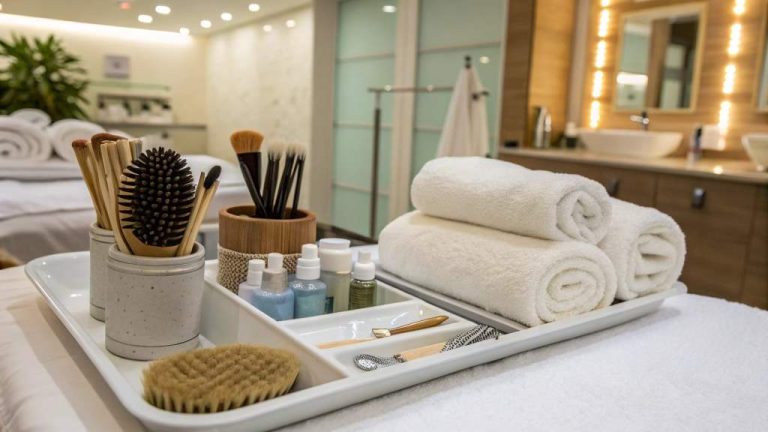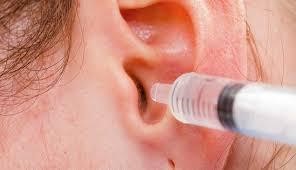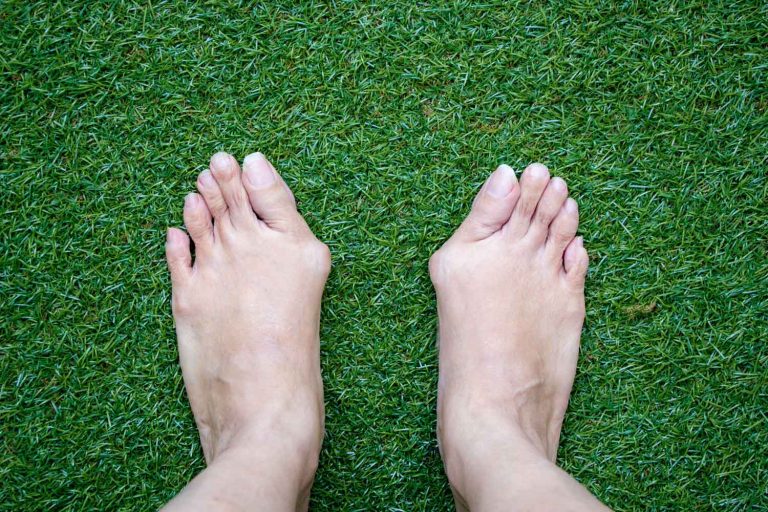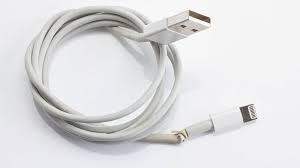You may be wondering, “Is microdermabrasion good for the skin?” This article will discuss the benefits and side effects of microdermabrasion, its safety, and its effectiveness in treating acne scars. Before you undergo the treatment, you should ask your doctor or dermatologist about its safety. An effective way to remove the upper layer of the skin is through microdermabrasion Virginia beach. While the procedure can feel like sand, it is not painful. Treatment takes 30 to 40 minutes for the face and around 20 minutes for the neck. A moisturizer usually follows the procedure, and you will need to apply a special skincare product at home afterward. To minimize the risk of side effects, you should follow your doctor’s instructions regarding sun protection.

Side effects of microdermabrasion
Before undergoing microdermabrasion, you should know the potential side effects. If you experience bruising or redness, contact your healthcare provider immediately. Your physician may decide to assess the severity of your reaction. In the meantime, you should avoid direct sun exposure for 24 to 48 hours after the treatment. Use liberal amounts of sunscreen and stay out of the sun for the first 48 hours after the treatment. To avoid these side effects, you can find at-home microdermabrasion machines.
While these side effects of microdermabrasion are relatively minor and short-lived, you should avoid sun exposure and tanning after the procedure. This treatment removes the outer layer of skin, causing temporary dryness and slight bruising. It can also cause the skin to become sensitive to the sun. If you have darker skin, this side effect is more pronounced. In addition, if you have acne, you may experience an outbreak of pimples and a temporary loss of skin sensitivity.
Beneficial effects of microdermabrasion
Microdermabrasion stimulates the skin’s healing processes by introducing ideal stress levels to the skin’s cells. Most skin types, including sensitive skin, are safe for microdermabrasion. Fine-grained aluminum oxide sandpaper is used by some microdermabrasion applicators, while others employ sodium bicarbonate and aluminum oxide combination. These compounds are quite mild, producing only a little pain.
During microdermabrasion, dead skin cells are removed from the skin’s surface, which promotes the production of new collagen. A dermatologist will use a rotating instrument to remove the dead skin cells, leaving the surface looking smooth and fresh. The treatment is effective for acne, pigmentation issues, stretch marks, and fine lines. In addition, the skin will continue to improve post-treatment, thanks to the increased production of collagen and elastin.
Efficacy of microdermabrasion in treating acne scars
Microdermabrasion for acne scars is a non-surgical procedure that sloughs away the outer layers of skin. The sloughing process stimulates the production of new collagen deeper in the skin’s dermis. New collagen will help to make atrophic acne scars appear shallow. Microdermabrasion can also allow skincare products to penetrate deeper into the skin.
Microdermabrasion is most effective for shallow and indented acne scars. It has a limited effect on raised and atrophic scars. Because it removes dead skin cells, it helps reduce excess oil in the pores, preventing acne outbreaks and scarring. However, it may not be appropriate for more advanced acne scars, which require more treatments. Physicians may recommend laser resurfacing or chemical peeling as the most appropriate option for severe acne scars.
The efficacy of microdermabrasion for acne scars is not controversial. It is a popular procedure for patients with varying skin types. The procedure takes about 15 to 40 minutes. The downtime varies from patient to patient, depending on how severe the case is and how much skin surface is affected. Typically, the patient must avoid direct sunlight for 24 hours and then apply SPF 30 sunscreen for three weeks.
Safeness of microdermabrasion
Although there is no proven risk of adverse effects from microdermabrasion, some people experience slight bruising following the procedure. It is temporary and may last several days. In addition, because of the vacuum effect, microdermabrasion temporarily increases the permeability of the skin. It means that topical medications can be absorbed better. If you have any concerns about the safety of microdermabrasion, talk to your doctor. This treatment is safe for all skin types.
Before having this procedure, you should avoid harsh skincare products. Use a moisturizer and apply generous amounts of sunscreen. After the procedure, avoid direct sunlight for at least 48 hours. Be sure to alert your provider if you are allergic to aluminum. The area will be thoroughly cleaned. You may also need to wear protective eyewear and a bandage. The results will depend on how experienced your aesthetician is.


















+ There are no comments
Add yours